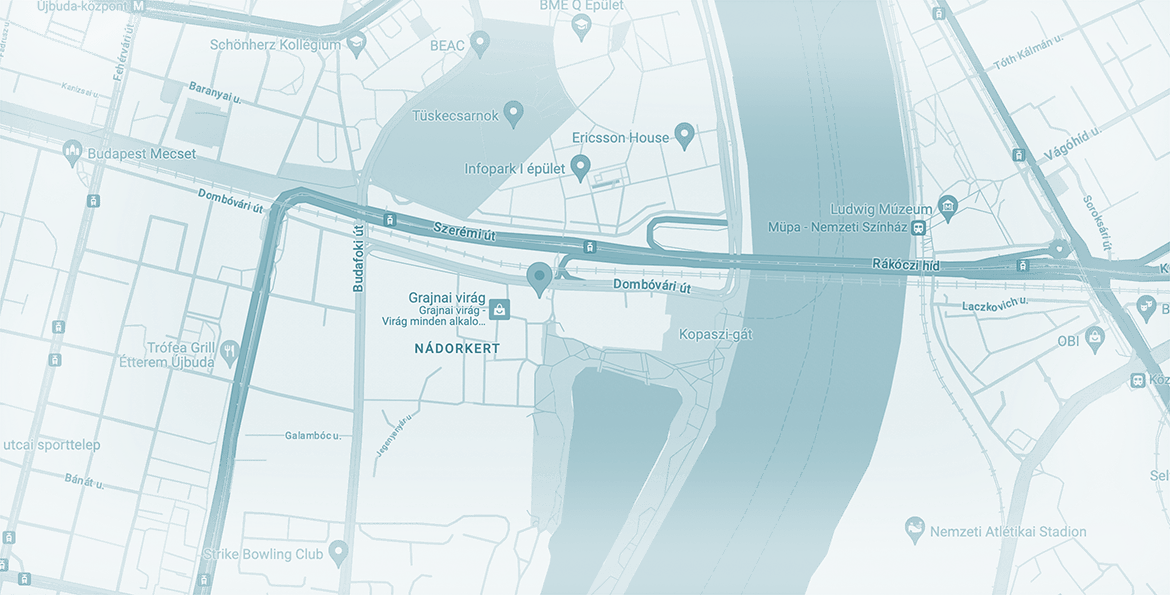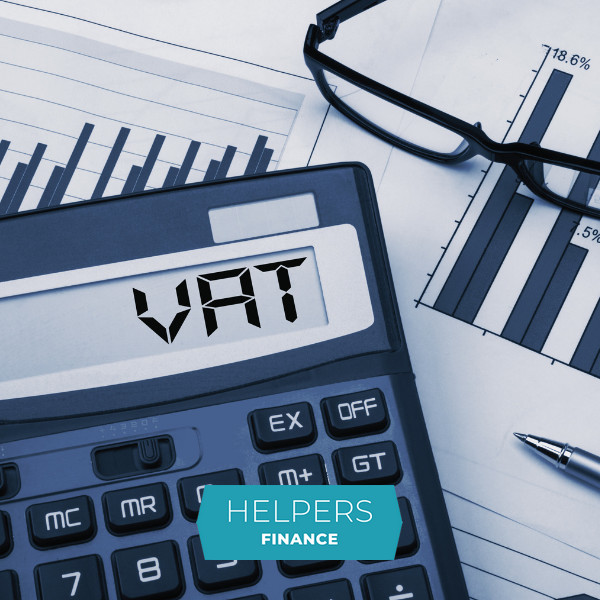
Issuing invoices in Hungary: reverse charge on VAT
Most business owners in Hungary are used to issuing and receiving invoices with value-added tax. When such an invoice is issued, the buyer must pay the gross amount, and later both parties submit a VAT report indicating the value added tax they received and paid. These two amounts determine whether the seller needs to forward any VAT to the tax authority. Reverse charge works the opposite way: the seller cannot charge VAT because it must be determined and paid by the buyer.
Most business owners in Hungary are used to issuing and receiving invoices with value-added tax. When such an invoice is issued, the buyer must pay the gross amount, and later both parties submit a VAT report indicating the value added tax they received and paid. These two amounts determine whether the seller needs to forward any VAT to the tax authority. Reverse charge works the opposite way: the seller cannot charge VAT because it must be determined and paid by the buyer.
When can you apply reverse charge on VAT?
The procedure is only applicable if the seller and the buyer are both taxable persons registered in Hungary and none of them have tax exemption. Checking these is the seller’s responsibility, so it is recommended to consult an expert accountant or even a tax advisor if you are having doubts. Reverse charge on VAT is mandatory in the following cases. (It is not applicable in any other case.)
- Leasing employees for selling products or services
- Selling built-in and unbuilt real estate (except for building lands)
- Selling properties after construction or repair works
- Construction and repair works related to creating, expanding, or transforming properties
- Selling agricultural products such as corn, wheat, barley, or sunflower seed
- Selling certain products of the iron and steel industry
- Transferring greenhouse gas emission allowances
- Selling certain kinds of waste and debris
- Selling collateral to pay an overdue debt
- Selling assets or services if your business is under liquidation or bankruptcy proceedings
Reverse charge on value added tax also applies to international B2B (business-to-business) service sales within the European Union. For more information, read our article about charging VAT when selling services.
How does the reverse charge mechanism work?
To illustrate how the procedure works, we will use employee leasing as an example. If you supply workers for HUF 1 million (EUR 2,800) net, you will need to issue the invoice without charging value added tax and you will receive the entire sum. However, you will need to report HUF 270,000 (EUR 760) in your VAT return both as payable tax and deductible tax.
Reverse charge on VAT is beneficial for the seller. When you issue an invoice with value-added tax, you must pay forward its VAT content. Depending on the payment deadline, you may need to pay the value-added tax before you are paid by your customer. However, this rule does not apply to reverse charge since value-added tax is not charged. Reverse charge is also beneficial for the tax authority because it prevents unlawful VAT reclaims: value-added tax cannot be reclaimed if it is not charged in the first place.
How to ensure compliance with the rules?
When you apply reverse charge on VAT, you must always issue the invoice without value-added tax. You also need to indicate the buyer’s VAT number and the term “reverse charge” (“fordított adózás” in Hungarian) on the invoice. Failing to do any of these can result in a fine of HUF 200,000 for freelancers, or HUF 500,000 for any other business. Please note that you must report any invoice you issue to the tax authority (NAV) within four days. After that, you are done with the administration.
If you are the buyer, you need to pay the VAT within 15 days of receiving the invoice, of paying the invoice, or by the 15th of the month following the date of performance – whichever comes first.
Need an expert accountant? Contact us!
As we have explained, the reverse charge mechanism is beneficial for companies and authorities alike. However, only an expert accountant can guarantee that all the legal requirements are met when you apply reverse charge on VAT.
You can always count on our English-speaking team, which has provided accountancy to international companies for several years. Click here for our prices! You can ask for a consultation by calling our office on +36 (1) 317-8570, by e-mailing info@helpersfinance.hu or by filling in our contact form. If you would like to be notified about our future blog posts, like us on Facebook.
Contact
Get in touch today
Monday - Friday
9am - 5pm CET
Helpers Finance Kft.
Budapart Gate
Dombóvári út 27
Budapest 1117, Hungary
If you’re visiting us, please use entrance A and come to the 2nd floor.



